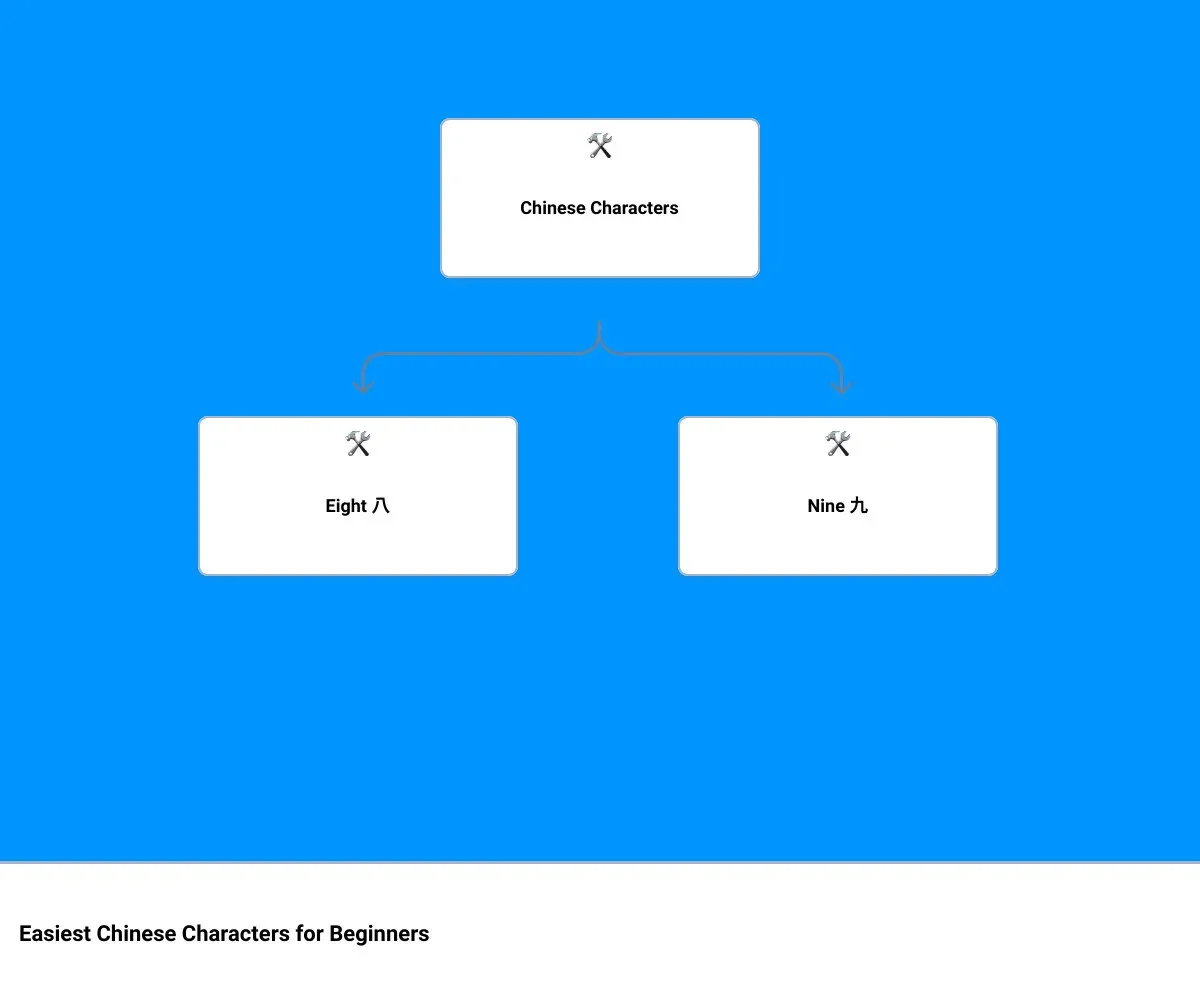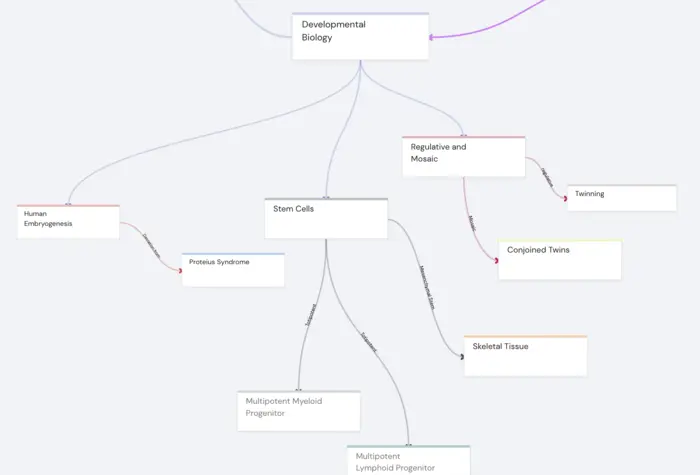Unlocking the beauty of Chinese characters is like deciphering a fascinating code. Far from being a random jumble of strokes, each character narrates its own story and forms a unique connection with others. As you explore the world of Chinese characters, you may be surprised to discover that some of the most common ones are also the simplest to write. This article, 'Unlock Your Creativity: Discover Easy Chinese Letters to Write Today', aims to guide you, a lifelong learner, on your journey to mastering easy Chinese letters to write. We'll dive into the basic Chinese characters, their history, the rules of stroke order, the role of radicals, and the most common characters. We'll also share some tools and techniques to aid your learning process. So, whether you're a beginner or have some experience in Mandarin, this guide will offer valuable insights and tips to enhance your understanding and efficiency in writing Chinese characters.
Understanding the Basics of Chinese Characters
To truly appreciate and master the art of writing Mandarin, we must first delve into the fascinating world of Chinese characters, also known as Hanzi. This section will explore the history of Chinese characters, the six types of Chinese characters, and the role of Pinyin in learning Chinese characters.
The History and Importance of Chinese Characters
Chinese characters, with their rich history dating back thousands of years, are the backbone of the Mandarin language. Initially, most characters were visual representations of physical elements like trees, houses, or humans. Over time, these symbols evolved into simplified forms known as character radicals, forming the foundation for contemporary written Mandarin.
The importance of understanding the history and evolution of Chinese characters cannot be overstated. This knowledge not only offers a deeper appreciation for the beautiful and logical structure of Chinese characters but also aids in grasping their meaning and pronunciation.
The Six Types of Chinese Characters
Chinese characters are broadly categorized into six types, each with a unique structure and connotation. As you immerse yourself in the Mandarin language, understanding these types will provide a framework that aids in deciphering and memorizing characters.
The six types of Chinese characters include Pictograms, Simple Ideograms, Compound Ideograms, Rebus characters, Phono-semantic characters, and Derivative cognates. Each type represents a different method of combining form, sound, and meaning, making them an exciting aspect of learning Mandarin.
The Role of Pinyin in Learning Chinese Characters
Pinyin, the official romanization system for Chinese characters, plays a pivotal role in learning Mandarin. It serves as a bridge for non-native speakers, providing a way to read and pronounce Chinese characters using the familiar Roman alphabet.
Pinyin offers a clear pronunciation guide, allowing learners to speak Mandarin words accurately. Furthermore, it is an effective tool to learn the correct tone for each character, a crucial aspect of Mandarin. However, while Pinyin is a valuable tool for beginners, becoming overly reliant on it can hinder your ability to recognize and write Chinese characters independently.
In the next section, we'll take a closer look at some of the easiest Chinese characters for beginners to write, equipping you with the fundamental building blocks you need to start your Mandarin writing journey.
The Easiest Chinese Characters to Write for Beginners
Embarking on the path of learning Chinese characters need not be a daunting endeavor. It all begins with mastering the basics. Let's start with some of the simplest characters in the Chinese language that are easy to write and remember.
八 (bā) – “eight”
The character for "eight" is a great starting point for beginners. With only two strokes, it's one of the simplest characters to write. The pronunciation, 'bā', is a bit like saying "bah" in "Bahamas".
九 (jiǔ) – “nine”
The character for "nine" is slightly more complex, with two strokes. The pronunciation, 'jiǔ', sounds similar to "joe" in "Joseph".
十 (shí) – “ten”
The character for "ten" is a perfect example of simplicity, represented by two strokes forming a cross or plus sign. The pronunciation, 'shí', can be thought of as "she" in English.
月 (yuè) – “month”
The character for "month" consists of four strokes. Despite its slightly more complex structure, it is still relatively easy to write. The pronunciation, 'yuè', is similar to saying "yue" in English.
大 (dà) – “big”
The character for "big" is a simple, three-stroke character. It is one of the most commonly used characters in Chinese, so it's a handy one to remember. 'Dà' is pronounced like "dah" in English.
水 (shuǐ) – “water”
The character for "water" is slightly more complex but still relatively easy to write with only four strokes. 'Shuǐ' is pronounced similar to "shway" in English.
人 (rén) – “people” or “person”
The character for "people" or "person" is another simple, two-stroke character. 'Rén' is pronounced similar to "ren" in "rendezvous".
口 (kǒu) – “mouth”
The character for "mouth" is a square-shaped character with only three strokes. 'Kǒu' is pronounced like "koh" in English.
Mastering these simple Chinese characters will equip you with a solid foundation to expand your Mandarin vocabulary. Remember, practice is key – so keep writing and soon these characters will become second nature. In the following sections, we will explore the art of writing Chinese characters, focusing on stroke order and radicals for a deeper understanding of this fascinating language.

The Art of Writing Chinese Characters: Stroke Order and Radicals
Just like a painter mastering the brush to create a captivating painting, writing Chinese characters is an art that requires practice and understanding of certain rules. In this section, we delve into the intricacies of writing Chinese characters, focusing on the stroke order and the role of radicals.
The Six Main Rules of Chinese Stroke Order
The stroke order in Chinese writing is not arbitrary but follows six basic rules. Learning and adhering to these rules turns writing Chinese characters into a rhythmic dance, and with practice, the process becomes second nature.
- Top to Bottom: Characters are written from top to bottom. For instance, the character 人 (rén), which means "people" or "person", is written top to bottom.
- Left to Right: The strokes for characters move from left to right, as in the character 一 (yī) which stands for "one".
- First Horizontal, Then Vertical: Horizontal strokes are written before vertical strokes. This is evident in the character 十 (shí) which means "ten".
- Diagonal Strokes: Left-to-right diagonals are written before right-to-left diagonals, as seen in the character 门 (mén), meaning "door".
- Outside Strokes Before Inside Ones: Characters are usually written with outside strokes first, then inside ones. The character 回 (huí), which means "return" or "go back", illustrates this rule.
- Center Comes First in Vertically Symmetrical Characters: In characters that are vertically symmetric, the center stroke is written first.
Understanding these rules not only enhances the aesthetics of your Chinese character writing but offers a profound understanding of the language's structure.
The Role of Radicals in Chinese Characters
Radicals in Chinese characters are akin to root words in English. They are the building blocks of Chinese characters and often provide clues to the meaning or pronunciation of the character.
For example, the character 水 (shuǐ), meaning "water", simplifies to a radical form that retains its meaning. This radical is found in many characters related to water, such as 海 (hǎi, meaning "sea") or 汁 (zhī, meaning "juice"). Recognizing the radical can aid in guessing the meaning of unfamiliar characters.
Even in simplified Chinese, where the resemblance between characters and their meanings has lessened, the presence of radicals can provide valuable hints. Understanding and recognizing radicals can, therefore, significantly enhance your ability to grasp new characters and expand your Chinese vocabulary.
In the next section, we will explore various tools and techniques that can make learning Chinese characters a fun and rewarding experience. So, keep your pen and paper ready, and let's continue this exciting journey of mastering Chinese characters!

Tools and Techniques for Learning Chinese Characters
Using Traverse and Mandarin Blueprint for Learning Chinese Characters
Learning Chinese characters can be a challenge. But, with the right tools and techniques, you can unlock your Mandarin skills effectively and efficiently. One powerful combination to consider is Traverse and Mandarin Blueprint. Traverse is an advanced platform that allows you to import your previous learning resources, like Anki decks, and continue on a more advanced platform. Its advanced features allow you to reinforce your understanding and memorization of Chinese characters.
On the other hand, Mandarin Blueprint is an online Chinese course that focuses on character learning and immersive learning. Its course structure is designed to gradually increase in complexity, thus enhancing your ability to understand Mandarin. By using these two platforms together, learning Chinese characters become not only achievable but also enjoyable.
Importing Anki Decks for Continued Learning
If you have been using Anki, a flashcard app that employs the spaced repetition system, don't worry, your previous learning efforts are not wasted. You can continue your learning journey by importing your Anki decks into Traverse. This allows you to leverage the powerful features of Traverse while preserving the familiarity and comfort of your Anki flashcards. Spaced repetition is a proven learning technique that helps in cementing the recall of Chinese characters, words, and phrases.
Using Chinese Dictionaries and Children's Books for Practice
To further refine your knowledge of Chinese characters, consider using Chinese dictionaries and children's books. Dictionaries can provide you with detailed information about each character, including its stroke order, meaning, and usage. This can be especially helpful if you're struggling with a particular character or if you want to expand your vocabulary.
On the other hand, children's books can provide you with a more practical approach to learning Chinese characters. These books often use simple language and repeat common characters, making them perfect for beginners. Plus, they can make your learning process more engaging and enjoyable.
In conclusion, by using these tools and techniques, you'll be well-equipped to enhance your understanding of Chinese characters and take your Mandarin skills to the next level.

The Most Common Chinese Characters and Their Usage
Learning Mandarin involves not only understanding the grammatical structure and pronunciation but also mastering the writing of Chinese characters. In this section, we will explore some of the most common Chinese characters and their usage, which will significantly boost your confidence in writing and reading Chinese.
的 (de)
The character '的' (de) is the most common Chinese character. This versatile character is often used to show possession, similar to the apostrophe 's' in English. For instance, 我的书 (wǒ de shū) translates to 'my book.' It can also be used to connect adjectives to nouns, such as 美丽的花 (měilì de huā), meaning 'beautiful flower.'
一 (yí)
The character '一' (yí) means 'one.' It is the simplest Chinese character, consisting of a single horizontal stroke. Apart from representing the number one, it is also used to refer to the singular, such as 'a single person' (一个人, yí gè rén). When ordering or purchasing items, you might say '我要一个' (wǒ yào yí gè), meaning 'I would like one.'
了 (le)
The character '了' (le) is a particle that signifies a completed action. For example, in the sentence '我吃了午饭' (wǒ chī le wǔfàn), which translates to 'I have eaten lunch,' '了' indicates the action of eating lunch has been completed.
是 (shì)
The character '是' (shì) is a critical verb in Mandarin Chinese, used to identify people or objects, connecting the subject of a sentence to its predicate. For instance, '你是学生' (nǐ shì xuéshēng) translates to 'You are a student.' It can also serve as a connector between two nouns. For example, in the sentence '我的老师是一个中国人' (Wǒ de lǎoshī shì yīgè zhōngguó rén), '是' links 'my teacher' to the characteristic 'Chinese.'
Mastering these common Chinese characters and understanding their usage is a crucial step in enhancing your Mandarin skills. Remember, practice makes perfect, so keep writing and using these characters in your daily Mandarin practice. Soon, these characters will become second nature to you, paving the way for you to learn more complex characters and sentence structures.
Conclusion: The Journey of Learning Chinese Characters
Unlocking the world of Chinese characters can feel like a thrilling expedition into a landscape rich with history, culture, and meaning. But as an adventurous learner, you are equipped with the best tools and strategies to navigate this exciting terrain.
Learning Chinese characters is not about rote memorization, but understanding, connecting, and applying knowledge. By following the principles of stroke order and understanding the role of radicals, you can decode the structure of Chinese characters and understand their meaning. Moreover, with the help of resources like Traverse and Mandarin Blueprint, you can optimize your learning process and make it interactive and fun.
Remember, it's not the number of characters you learn, but the consistency and quality of your learning that matters. Whether you're aiming to learn a handful of characters per day or mastering the most common characters in three months, staying consistent is key.
In the world of Mandarin, every character you learn is a step closer to fluency. From the simple characters like 一 (yí) and 人 (rén), to the most common ones like 的 (de) and 是 (shì), each character is a unique building block in the construction of your Mandarin vocabulary.
As you venture into mastering Mandarin characters, remember to also appreciate the artistry and the history behind each stroke. Each character is a window into the rich tapestry of Chinese culture and history.
Ultimately, learning Chinese characters is a marathon, not a sprint, that requires perseverance, patience, and a passion for learning. As a lifelong learner on this path, every new character you learn is a milestone, a testament to your progress, and a stepping stone towards mastering Mandarin.
With the right resources, a positive mindset, and a disciplined approach, you can transform the challenge of learning Chinese characters into a rewarding and enlightening experience. So, keep practicing, stay consistent, and watch your Mandarin skills flourish. Remember, every stroke, every character, and every word you learn is a step closer to unlocking a new world of communication and cultural understanding.
In the end, mastering Chinese characters is not just about learning a language, it's about embracing a new way of thinking, expressing, and understanding the world. So, pick up your pen, open Traverse, and let the journey of learning Chinese characters begin.

